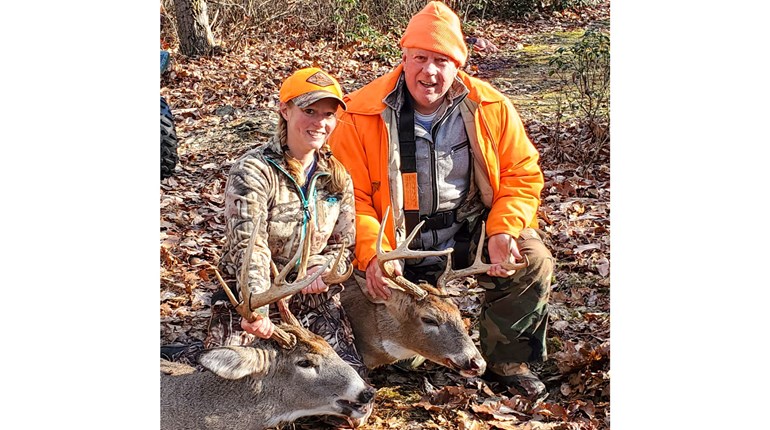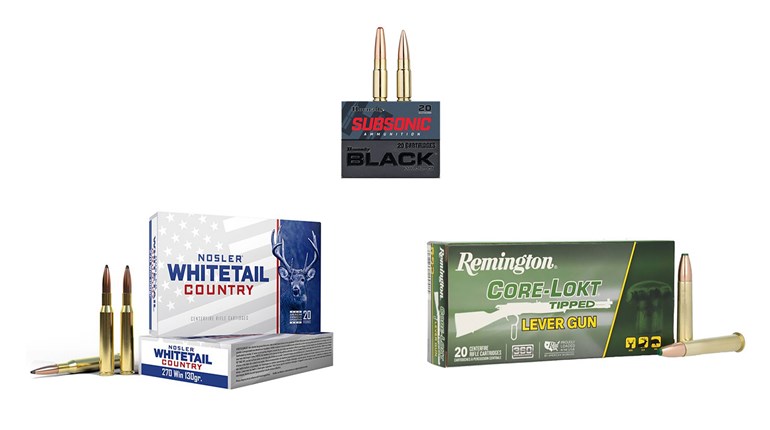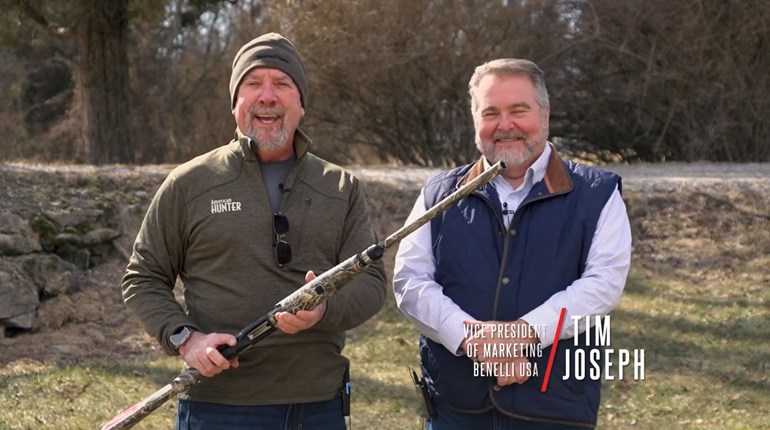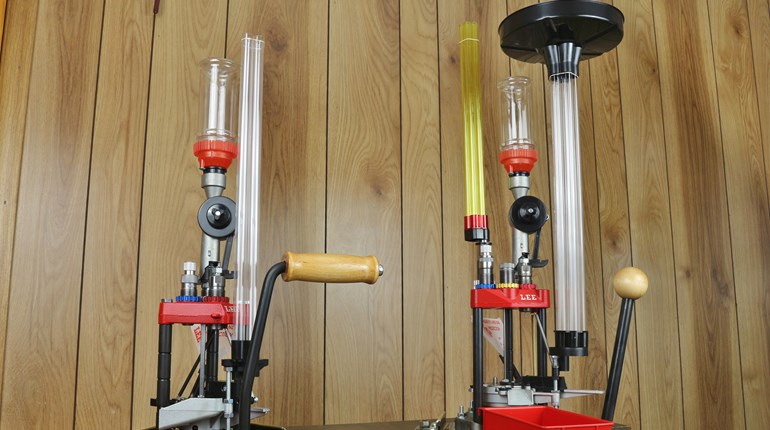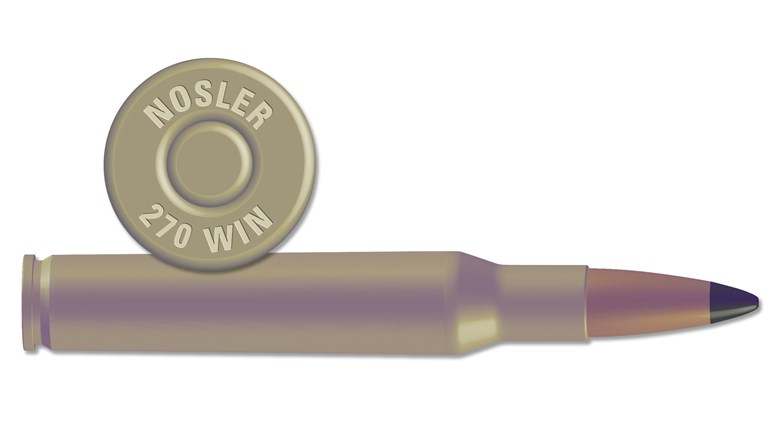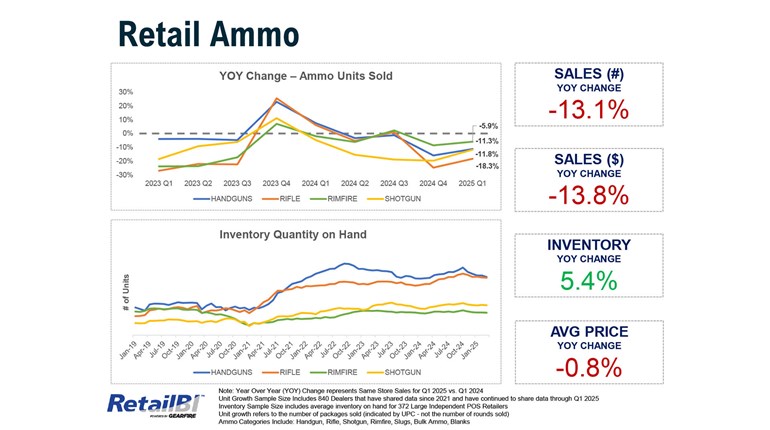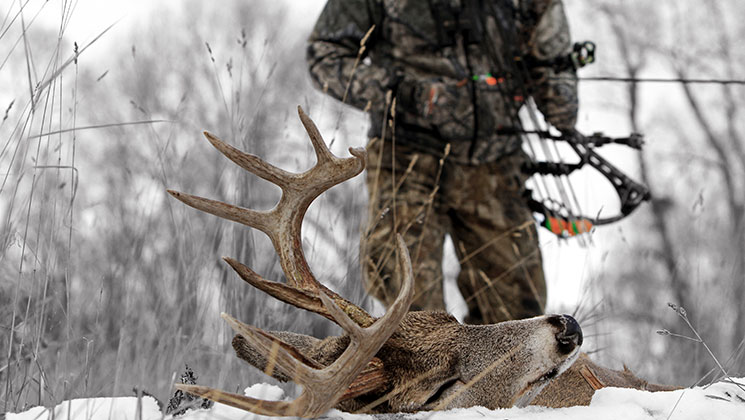
No prey animal has generated more data about its species—and those who hunt it—than deer in the United States.
Did you know, for example, that since 1983 Wisconsin hunters have shot about 0.6 to nearly 1.4 deer per second during the state’s nine-day firearm season? That’s based on the fact that each day offers about 10 hours of shooting light, which totals 90 hours (or 5,400 minutes or 324,000 seconds) for the season.
According to Wisconsin Department of Natural Resources harvest data for the November 2016 firearm season, state hunters registered 202,338 deer. That means they shot about .62 deer per second, or 37.5 deer per minute. And that was a relatively slow deer season for Wisconsin. During its record 2000 gun season, hunters registered 442,581 deer, which means they shot nearly 82 deer per minute, or 1.36 per second.
And yes, Wisconsin’s deer woods draw lots of hunters, but its hunter densities don’t lead the nation. That distinction belongs to Pennsylvania, which packs in 20.5 hunters per square mile, according to 2012 data compiled by the Quality Deer Management Association (QDMA). Rhode Island was second at 16.5 hunters per square mile; New York was third at 15.1; Wisconsin was fourth with 13.7; and Ohio was fifth with 12.3 hunters per square mile.

Deer Hunting Dominates
Deer hunting has dominated the nation’s hunting scene for decades, according to surveys conducted every five years by the U.S. Fish and Wildlife Service (FWS). In its 2016 analysis of American hunters from its 2011 survey, it counted 13.7 million hunters, of which 10.9 million, or 79 percent, were deer hunters. (The survey didn’t distinguish muley from whitetail hunters.)
Further, of the nation’s 11.6 million big-game hunters in that most recent survey, 94 percent were deer hunters. In fact, to match those 10.9 million deer hunters, you must combine the country’s 3.1 million turkey hunters, 1.7 million squirrel hunters, 1.5 million rabbit/hare hunters, 1.5 million pheasant hunters, 1.4 million duck hunters, 870,000 elk hunters, 526,000 bear hunters and 325,000 raccoon hunters. Deer hunters even dominate those niches. Of those 3.1 million turkey hunters, 88 percent also hunt deer, according to the FWS.
In all, 5.9 million U.S. hunters—43 percent of 13.7 million total—sought deer and other species in 2011, but about 5 million hunters (36.5 percent) targeted deer and nothing else. The rest, 2.8 million (20.5 percent), did not hunt deer.
Whitetail Trends
That fealty to deer, along with relatively large deer herds the past 30 years, helps explain dramatic trends in whitetail hunting. In 1989, for example, 62 percent of the U.S. buck kill consisted of yearlings, i.e., 18-month-old bucks carrying their first antlers. During that era, yearlings accounted for 90 percent of the buck kill in states like Pennsylvania, Wisconsin and Michigan.
Meanwhile, the percentage of bucks 3.5 years and older in 1989 was less than 20 percent in whitetail country—which the QDMA identifies as the 37 states east of a line connecting Texas’ western border to North Dakota’s western border.
Deer hunters have changed their shooting preferences since then. The percentage of yearling bucks in the whitetail kill dropped to a record-low 34 percent in 2014 and bumped slightly to 35 percent in 2015, the most recent year of data analyzed by the QDMA. At the same time, the percentage of bucks 3.5 and older in the kill hit a record 35 percent in 2015.
States recording the highest percentage of older bucks in the 2015 harvest were Mississippi, 77 percent; Texas, 75 percent; and Arkansas, 74 percent. Not surprisingly, those three states also killed the lowest percentage of yearling bucks. Arkansas led at 7 percent, with Texas and Mississippi tying at 14 percent.
And even though most state wildlife agencies backed off on antlerless hunting quotas in 2015, the nation’s deer herds still generated a kill of 2.87 million antlerless deer in the QDMA’s 37-state whitetail country. Texas led with an estimated 257,247 antlerless kills, and Georgia was second at 220,503.
Perhaps more impressive, however, is viewing antlerless kills per square mile. Maryland hunters were No. 1, killing 5.6 antlerless deer per square mile; followed by Delaware at 5.4; Pennsylvania, 4; Georgia, 3.8; and New Jersey, at 3.6 per square mile.
Season Preferences
Speaking of New Jersey, its bowhunters led the nation by accounting for 57 percent of the deer kill with archery gear, which includes crossbows. Connecticut bowhunters were next, accounting for 50 percent of the deer kill; and then it was Massachusetts, 45 percent; Ohio, 44 percent; and Illinois, 37 percent.
In fact, bowhunters in the Northeast led the nation by contributing an average of 30 percent of their state’s deer kill in 2015. Trailing New Jersey, Connecticut and Massachusetts were Maryland and Rhode Island with 34 percent of their state’s total kill. Midwestern bowhunters were next with 23 percent of their state’s bow-kills. Trailing Ohio and Illinois were Kansas and Michigan archers at 34 percent, and Wisconsin at 28 percent.
The QDMA also found that rifle and shotgun hunters recorded 66 percent of the nation’s total deer kill in 2015-16; followed by bowhunters at 22 percent; muzzleloaders, 10 percent; and handgun or “other” means at 2 percent.
Rifles/shotguns were especially popular in the Southeast, accounting for 76 percent of the region’s whitetail harvest. Texas and South Carolina hunters led the way by shooting 90 percent of their state’s deer kill with modern firearms.
The top muzzleloading region was the Northeast, where smoke-poles contributed 15 percent of 2015’s deer kill. Rhode Island’s muzzleloading hunters led the region, and the nation, with 44 percent of their state’s deer kill. A bit farther south, Virginia was second at 20 percent; and Delaware, Maryland and New Hampshire muzzleloaders contributed 19 percent of their state’s deer kills.
Conclusion
As detailed as these deer hunting data are, what we’ve shared here is just a fraction of what’s been compiled by state and federal agencies, deer organizations and individual deer “geeks” nationwide. That collective interest reminds us that deer, especially whitetails, provide hunting’s foundation in the United States.












